
The stress versus strain graphs for wires of two materials A and B are as shown in the figure. If YA and YB are the Young's moduli of the materials then
YB=2YA
YA=3YB
YB=3YA
YA=YB
Step by step video & image solution for The stress versus strain graphs for wires of two materials A and B are as shown in the figure. If YA and YB are the Young's moduli of the materials then by Physics experts to help you in doubts & scoring excellent marks in Class 12 exams.
Related Playlists
- BOOK - AAKASH INSTITUTECHAPTER - MECHANICAL PROPERTIES OF SOLIDSEXERCISE - Assignment(Section-B)24videos
MECHANICAL PROPERTIES OF SOLIDS
- BOOK - AAKASH INSTITUTECHAPTER - MECHANICAL PROPERTIES OF SOLIDSEXERCISE - Assignment(Section-C)28videos
MECHANICAL PROPERTIES OF SOLIDS
- BOOK - AAKASH INSTITUTECHAPTER - MECHANICAL PROPERTIES OF SOLIDSEXERCISE - EXERCISE19videos
MECHANICAL PROPERTIES OF SOLIDS
- BOOK - AAKASH INSTITUTECHAPTER - MECHANICAL PROPERTIES OF FLUIDSEXERCISE - SECTION - J9videos
MECHANICAL PROPERTIES OF FLUIDS
- BOOK - AAKASH INSTITUTECHAPTER - Mock test 03EXERCISE - EXAMPLE37videos
Mock test 03
Similar Practice Problems
- Question 1 - Select One
The stress versus strain graphs for wires of two materials A and B are as shown in the figure. If YAandYB are the younng's moduli of the materials, then
 AYB=2YABYA=YBCYB=3YADYA=3YB
AYB=2YABYA=YBCYB=3YADYA=3YB - Question 1 - Select One or More
The stress- strain graphs for materials A and B are as shown. Choose the correct alternative

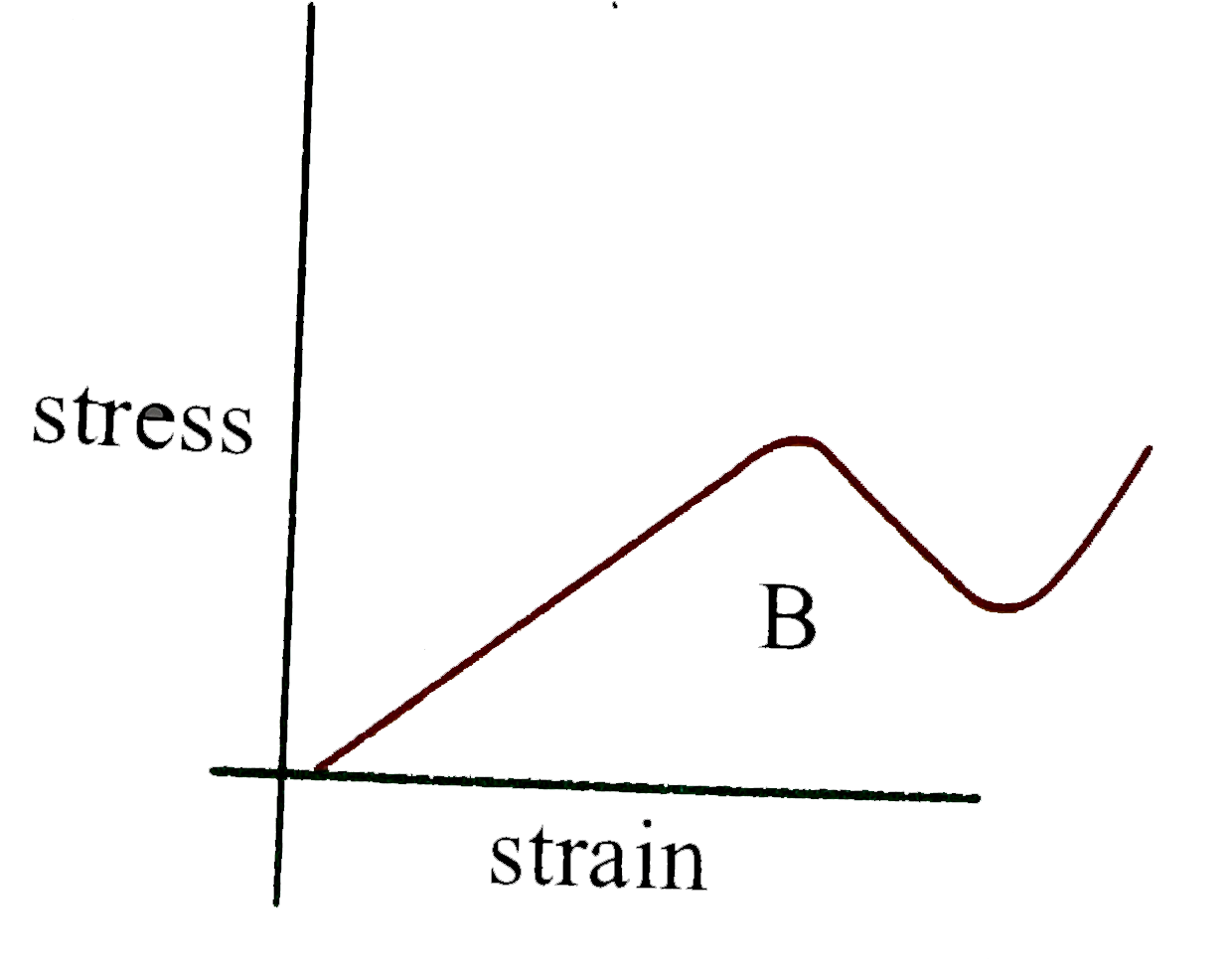 Amaterial A is stronger than material BBmaterial B is stronger than material ACYoung's modulus of A is greater than that of BDYoung's modulus of B is greater than that of A
Amaterial A is stronger than material BBmaterial B is stronger than material ACYoung's modulus of A is greater than that of BDYoung's modulus of B is greater than that of A - Question 1 - Select One
The stress and strain graphs for two materials, A and B are shown here. Answer the following:
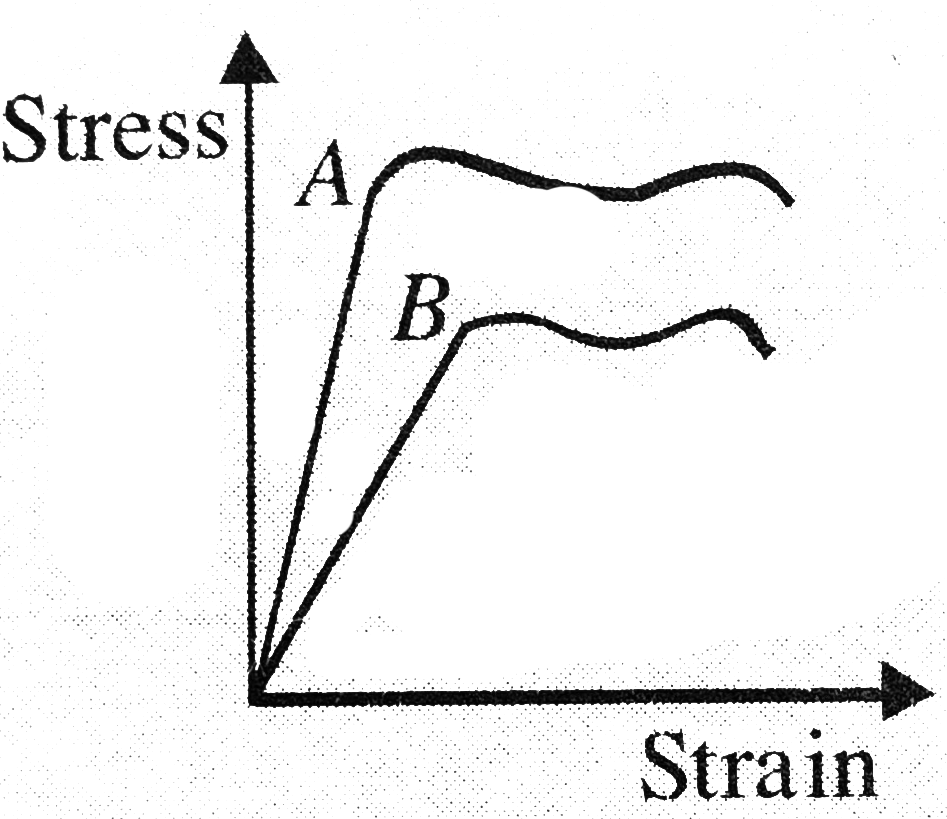 give reasonsAWhich material has greater Young's modulus?BWhich material is more ductile?CWhich material is more brittle?DWhich material has greater tensile strength?
give reasonsAWhich material has greater Young's modulus?BWhich material is more ductile?CWhich material is more brittle?DWhich material has greater tensile strength? - Question 1 - Select One
To determine Young's modulus of the material of a wire,
Atwo wires of same length and radius are takenBSingle straight wire of uniform cross section is takenCthree wires of different lengths but of same material are takenDtwo springs of same length but different materials are taken - Question 1 - Select One
Materials get deformed when force is applied. Some of them regain their status when the applied force is removed. They are termed as elastic. Those of which not regaining are called plastic. There may be delay in the regaining in some materials. They are said to have got elastic aftereffect, since they have gone beyond the elastic limit. Repeated application and removal of force leads to fatigueness in the material. Fatigued materials may break at any point time and so are avoided.
The stress strain graph for two materials A and B is shown in the following figure:
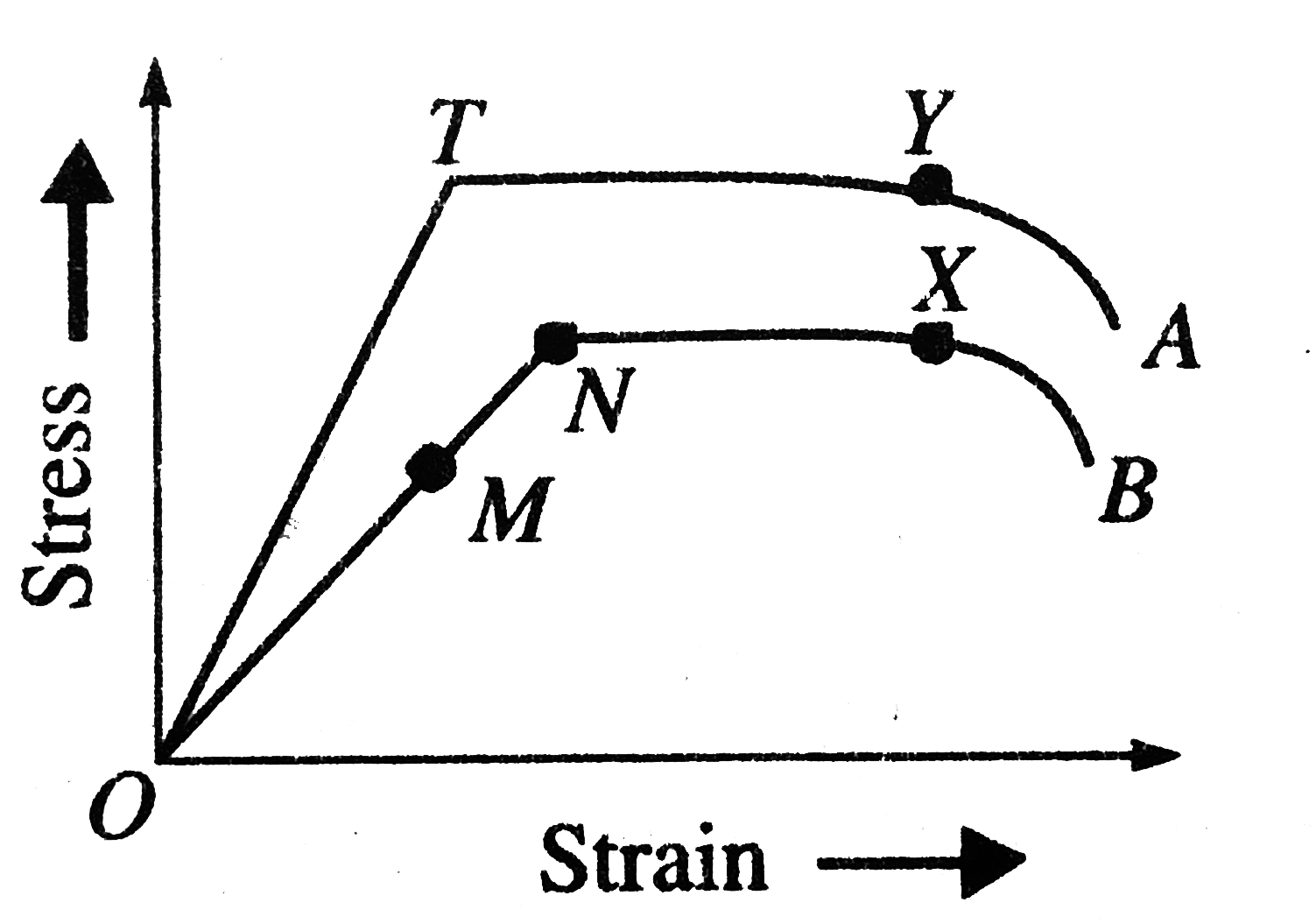
The time in which the two materials regain their original status is tA and tB related as tB=2tB. Then the material under elastic aftereffect (relatively) isABBACboth A and BDneighter A nor B - Question 1 - Select One or More
The stress-strain graphs for two materials are shown in Fig. 7(EP).3 (assume scale).
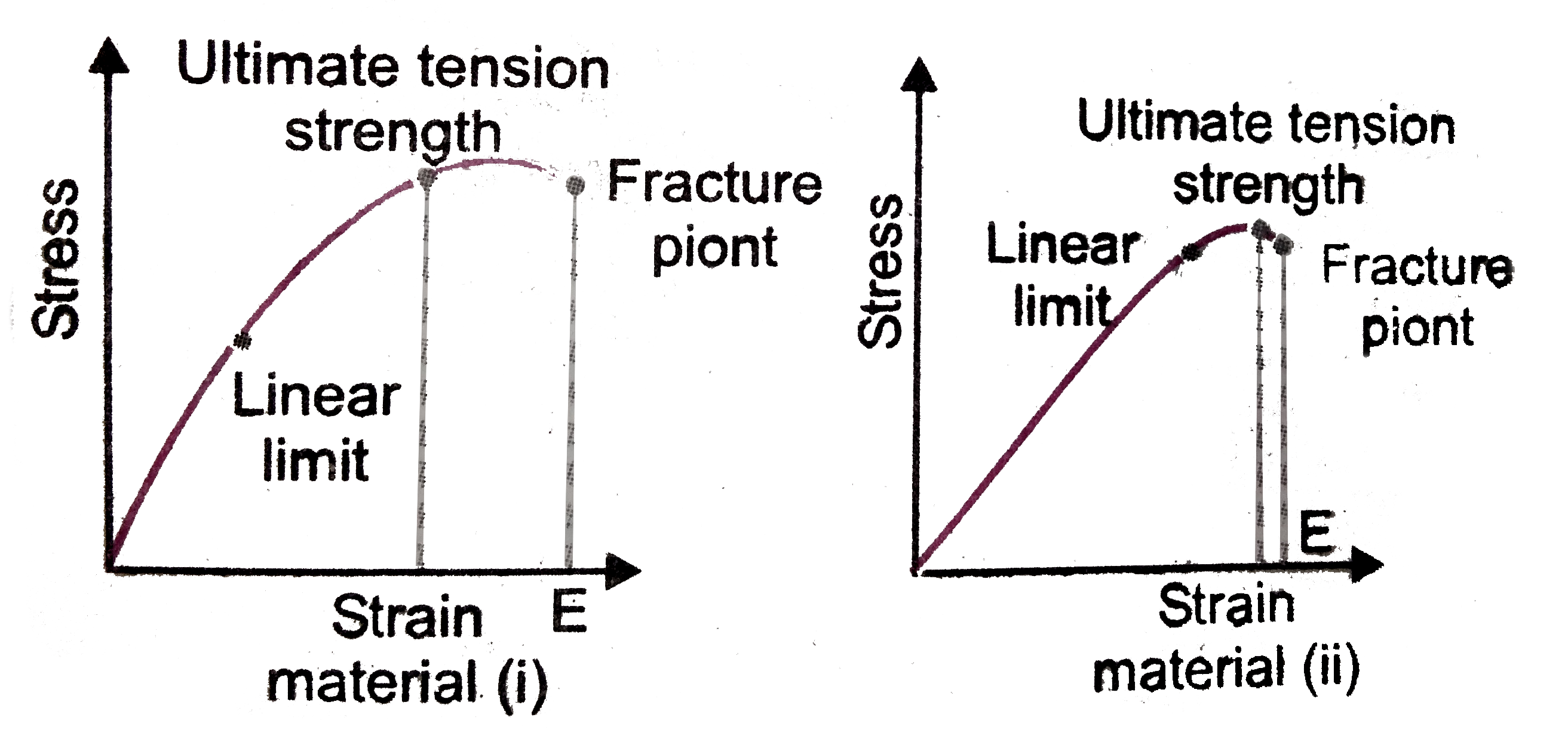 AMaterial (ii) is more elastic than material (i) and hence material (ii) is more brittle.BMaterial (i) and (ii) have the same elasticity and the same brittleness.CMaterial (ii) is elastic over a larger region of strain as compared to (i).DMaterial (ii) is more brittle than material (i).
AMaterial (ii) is more elastic than material (i) and hence material (ii) is more brittle.BMaterial (i) and (ii) have the same elasticity and the same brittleness.CMaterial (ii) is elastic over a larger region of strain as compared to (i).DMaterial (ii) is more brittle than material (i). - Question 1 - Select One
Materials get deformed when force is applied. Some of them regain their status when the applied force is removed. They are termed as elastic. Those of which not regaining are called plastic. There may be delay in the regaining in some materials. They are said to have got elastic aftereffect, since they have gone beyond the elastic limit. Repeated application and removal of force leads to fatigueness in the material. Fatigued materials may break at any point time and so are avoided.
The stress strain graph for two materials A and B is shown in the following figure:

The strength of the material A and B is SA and SB, respectively, while the longevity of plastic behaviour is LA and LB. ThenASA>SB,LA<LBBSA=SB,LA=LBCSA>SB,LA>LBDSA<SB,LA<LB
Similar Questions
The stress versus strain graph for two materials A and B are shown in fig. the graph are on the same scale. ltbr> (a) Which materail has greater Young's modulus?
(b) which of the two is stronger materail?
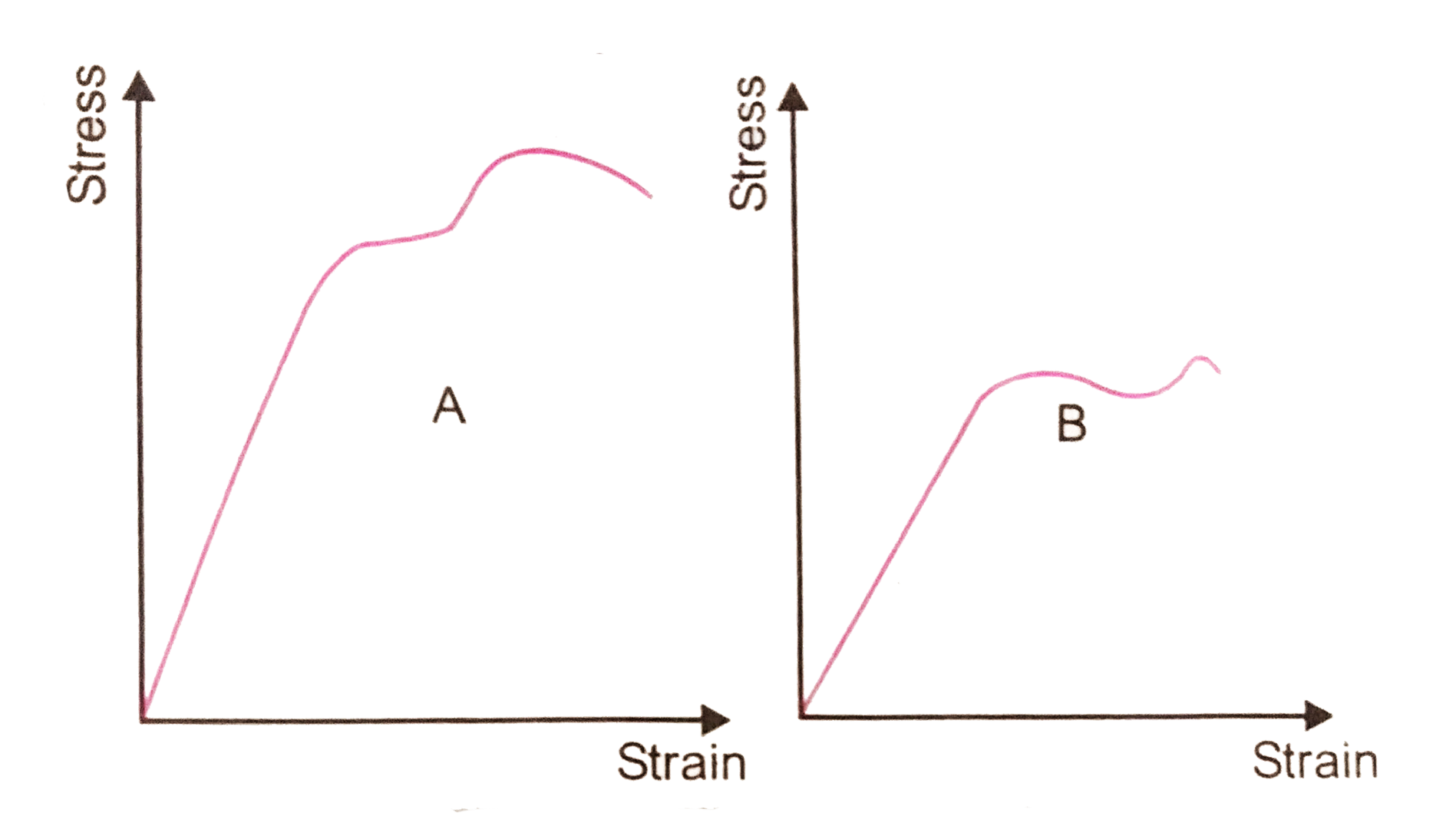 View Solution
View SolutionThe stress-strain graphs for two materials A and B are shown in the figure. The graphs are drawn to the same scale.
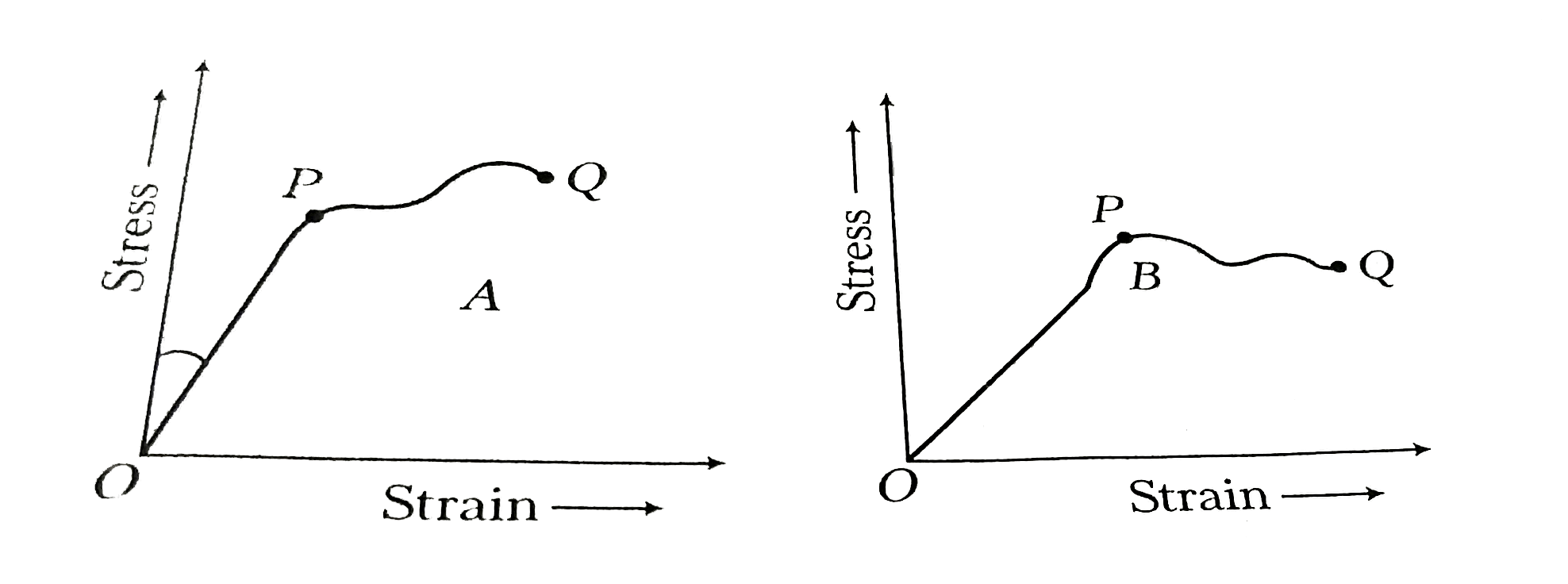
(a) Which material has a greater Young's modulus ?
(b) Which material is more ductile ?
(c) Which material is more brittle?
(d) Which of the two is the stronger material ?View SolutionThe stress-strain graphs for two materials A and are shown in figure. The graphs are drawn to the same scale. Select the correct statement
 View Solution
View Solution

